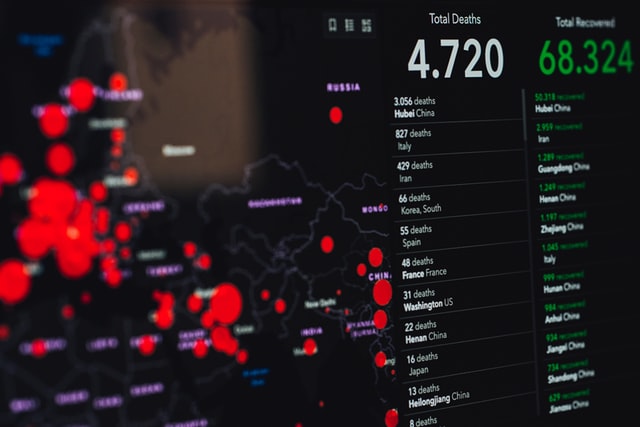Summary
Improving the Immigration and Asylum Statistics in Turkey
Every government needs to know the size and composition of the population within its territory. Thereby, along with births and deaths, immigration is a key component of population change and must be known for policy and planning purposes. It means the data is used and useful for the allocation of resources and provision of public services which affect the burden and budget in government departments and administrative bodies.
Information on immigration flow and stocks are not systematically and regu-larly reported in Turkey. Statistics on international migration are not readily available as they are reported in a rather scattered fashion; in fact, a variety of government departments including Turk-Stat, General Directorate of Citizenship and Population, State Planning Organisation, General Directorate of Security and their respective websites must be accessed to obtain basic summaries.
General Directorate of Security records (i.e. residence permits, asylum and refugee registers, border registers) are maintained for administrative purposes and constitute the basis for most statis¬tics on international migration.
These registers describe the number of legal permanent and temporary residents, refugees and asylum seekers, and naturalized citizens. However, these registers are limited by conceptual problems and confused reporting, undercounts, and information gaps. A key problem is the absence of systematic follow ups. Once the immigrants are in country, there are very few tools to update their records. Thus, there is also a known large difference between the residence permit holders register and Address Based Population Registration System records.
The definition of migration used in data collection and statistics needs to be adjusted according to UN and EU recommendations to distinguish short term and long term immigrants. The resident status questions in censuses and surveys are likely to be perceived sensitive and should not be used to avoid inaccurate and misleading responses.
There are also information gaps for in-ternational migration flows. More and detailed information needs to be reported for new residents with temporary (students, trainees, researchers, etc.) long term or permanent resident statuses. The border statistics, and to an extent re-sidence registers are difficult to tally accurately because the record-keeping systems are not designed to identify re-entries as well as exits.
It is important to use different and comp-limentary data to ensure reliability of immigration data. Such triangulation was al-so recommended in THESIM project.
Thus this report recommends:
This country study builds on the work carried out in the TurkStat and presents conclusions following a review of:



